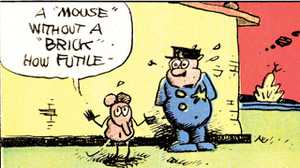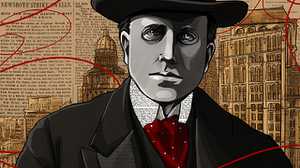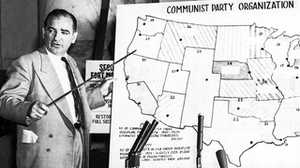William Randolph Hearst's Castle at San Simeon
For decades, William Randolph Hearst lived in a castle that he and architect Julia Morgan built on his vast estate in San Simeon, California.
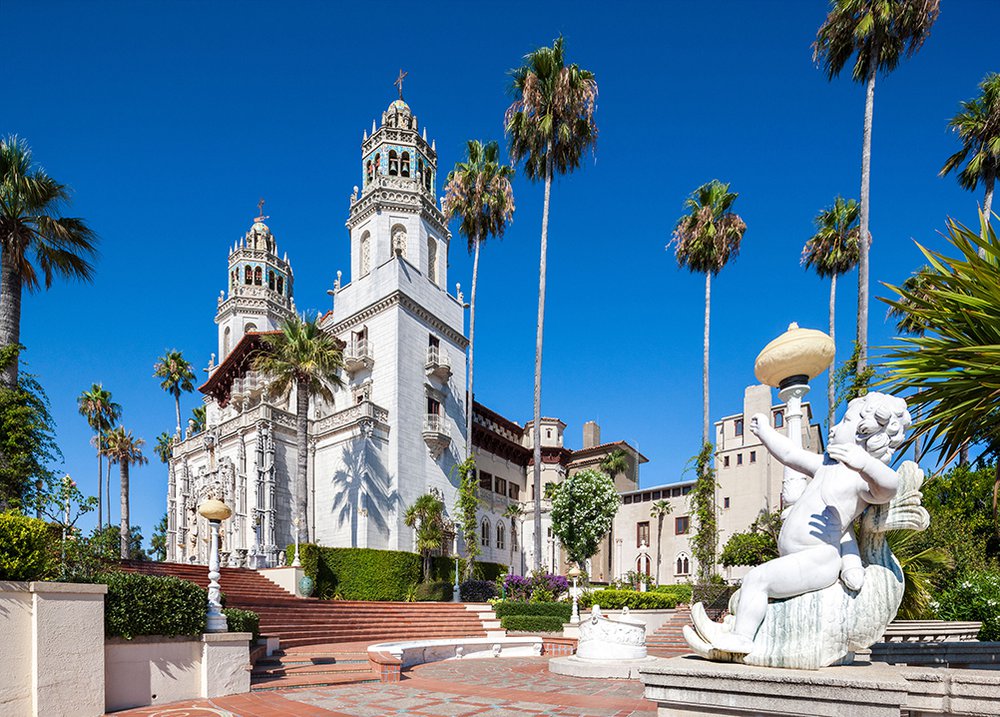
From the early 1920s until 1947, William Randolph Hearst lived in a castle on his family's San Simeon estate. The vast plot of land was originally purchased by his father George Hearst in 1865. But when W.R. inherited the estate from his late parents in 1919, he enlisted architect Julia Morgan to build a castle, which would become his residence with his mistress, Marion Davies until 1947.
Throughout W.R.'s youth, the estate was a working cattle ranch, 97,000 acres, along the California coast, 230 miles north of Los Angeles. George and W.R. hunted and rode horses through the canyons. At night the family stayed in fully furnished tents pitched by the ranch hands on a place they called “Camp Hill,” where they were fed by professional cooks.
By 1922, with the estate under his control, Hearst and Morgan had built their idea of a Spanish village. The main structure, dubbed Casa Grande, was capped by two soaring towers and guest houses arrayed to maximize the astounding views.
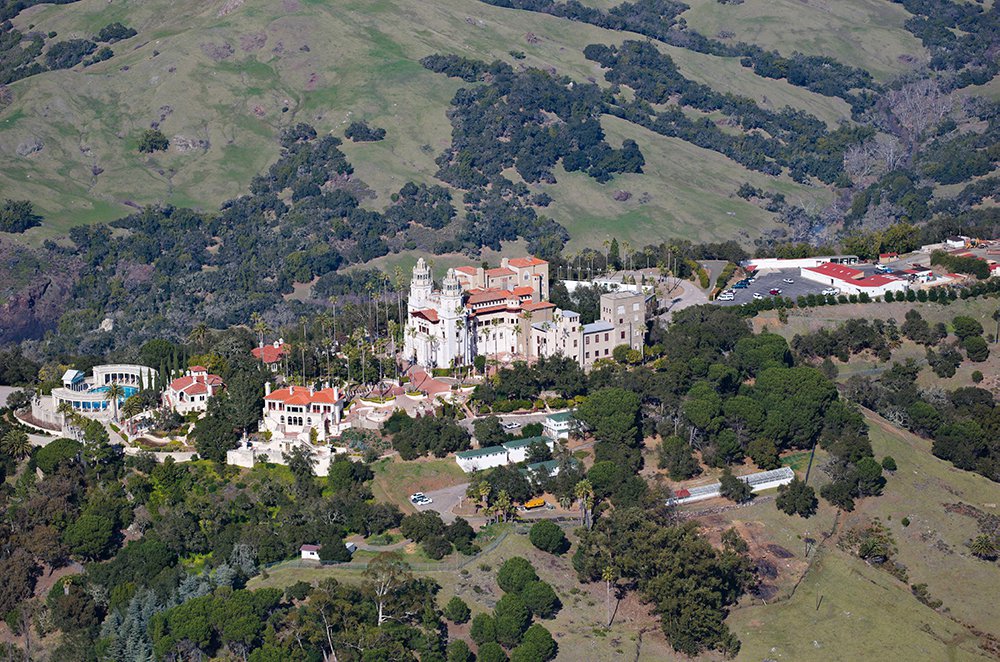
In the late 1920s, a first-time guest would travel overnight by train from Los Angeles, arriving at San Simeon in the early hours of the morning. Chauffeurs would then pick them up for the 90-minute drive, over rough dirt roads, to the castle. As they wound their way towards the top of the hill, the bleary-eyed passengers would be jolted by the sight of a group of kangaroos lopping along the side of the road. They would see a line of camels, a herd of American bison, ostriches, emus, reindeer and antelope.

By 1925, Casa Grande was complete, with its soaring twin Spanish bell towers. Three guest houses—Casa del Mar, Casa del Sol, and Casa del Monte—surrounded the main structure.
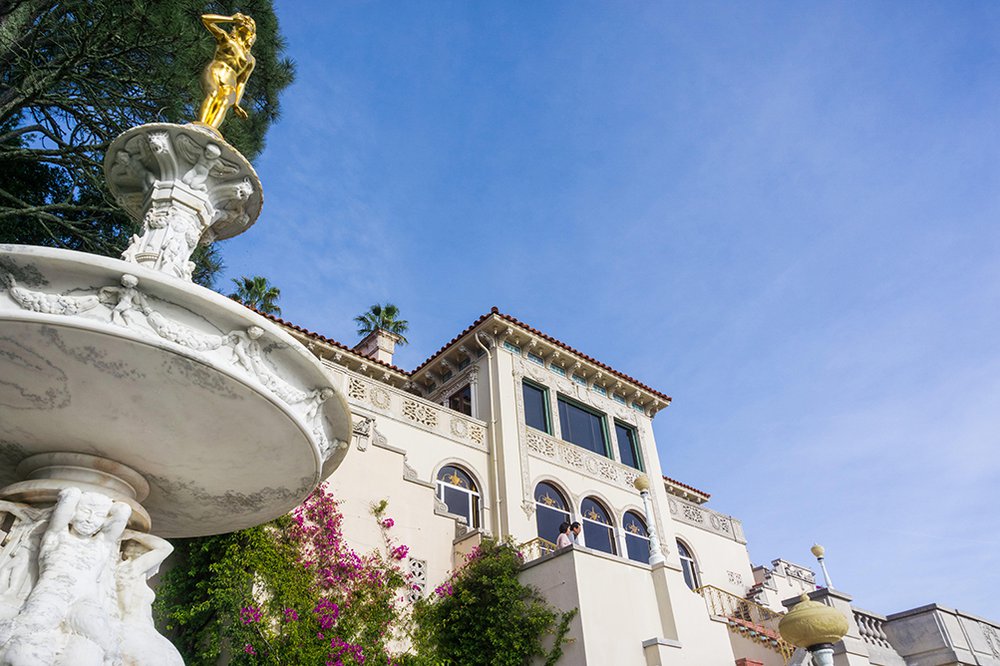
Hearst referred to them as “cottages,” but they were anything but. The smallest had ten rooms, the largest eighteen. He was meticulously focused on every inch of them.
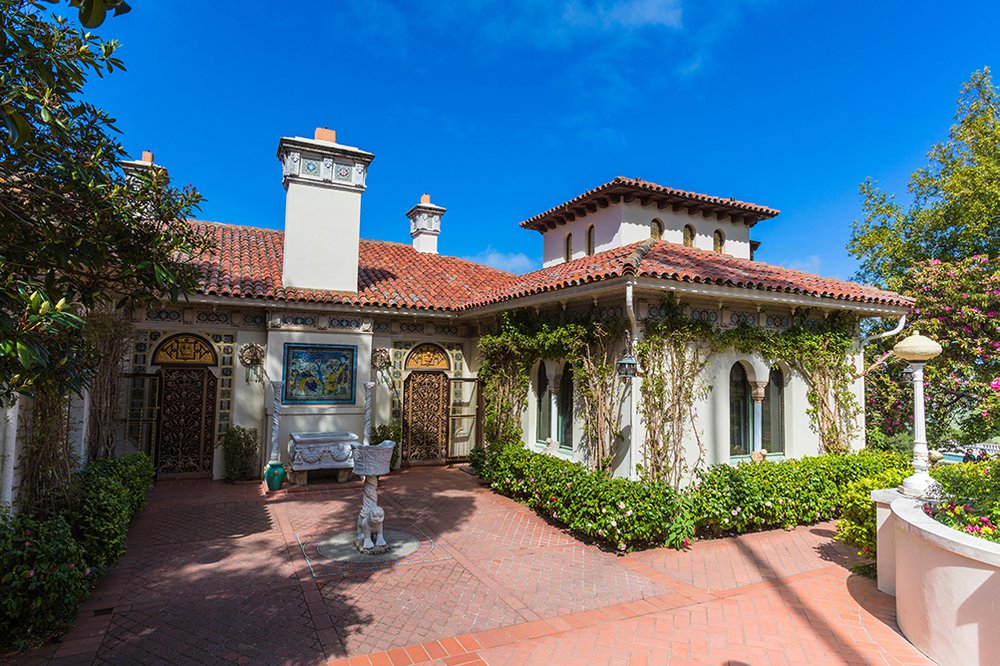
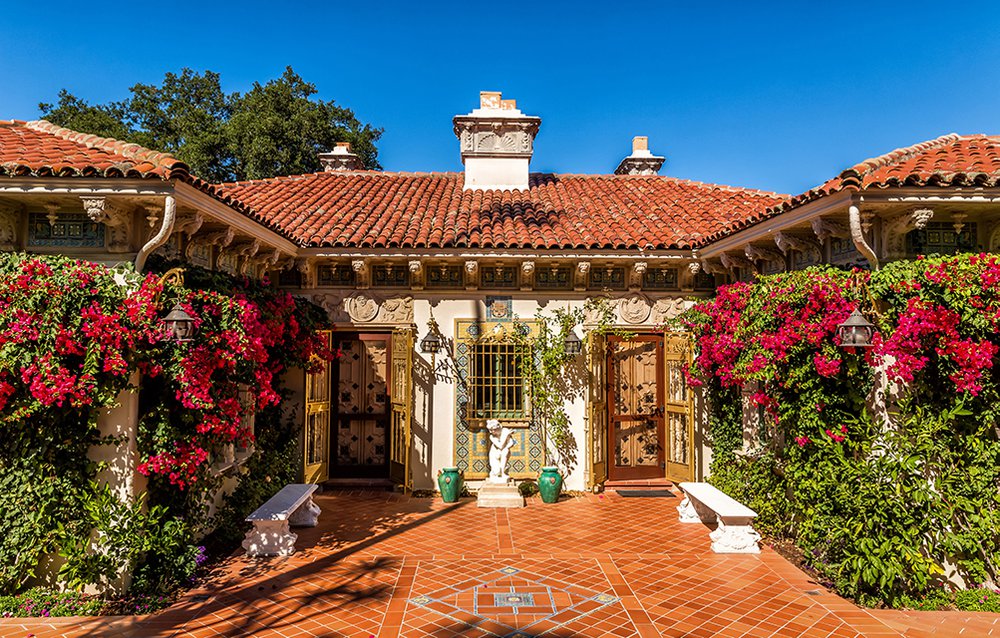
Even with such a massive set of buildings, Hearst had new construction projects constantly underway.


In the 1930s, as the Great Depression wore on, Hearst was in a financial freefall. In 1937, with over $95 million of debt—more than one and a half billion in today’s dollars—Hearst told Julia Morgan to “stop work entirely at San Simeon.”
For the next ten years, Hearst occasionally resumed work at San Simeon on a limited basis. After suffering what seemed like a mild heart attack in early 1947, Hearst and Marion made the excruciating decision to move to her house in Beverly Hills to be in closer proximity to a hospital. As they left the castle, Marion looked over to see tears streaming down the old man’s face. “We’ll come back, W.R., you’ll see,” she said. They never did. Hearst died in the Beverly Hills home in 1951 at 88 years old.




